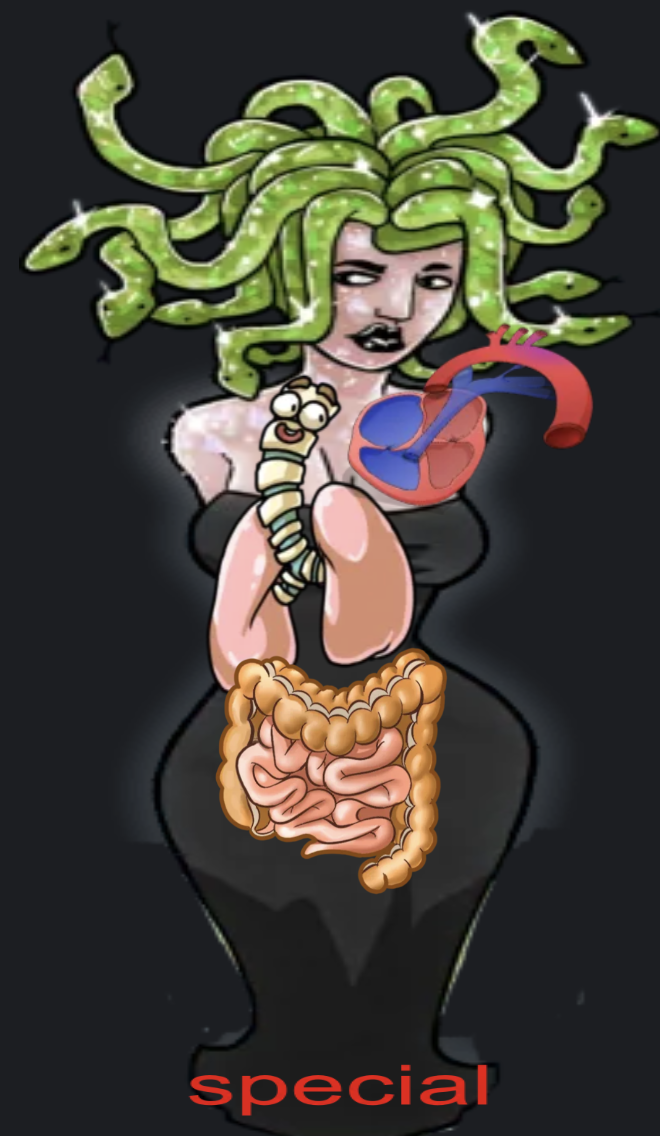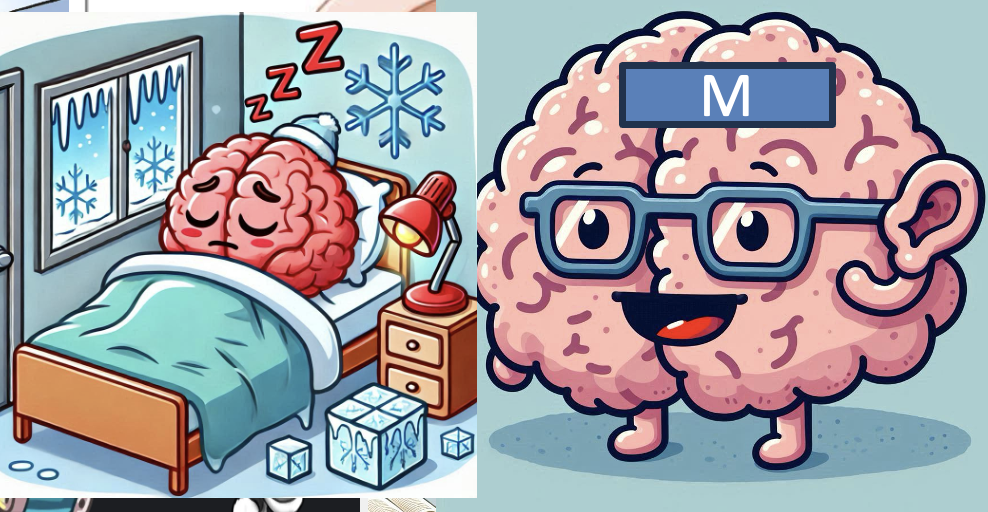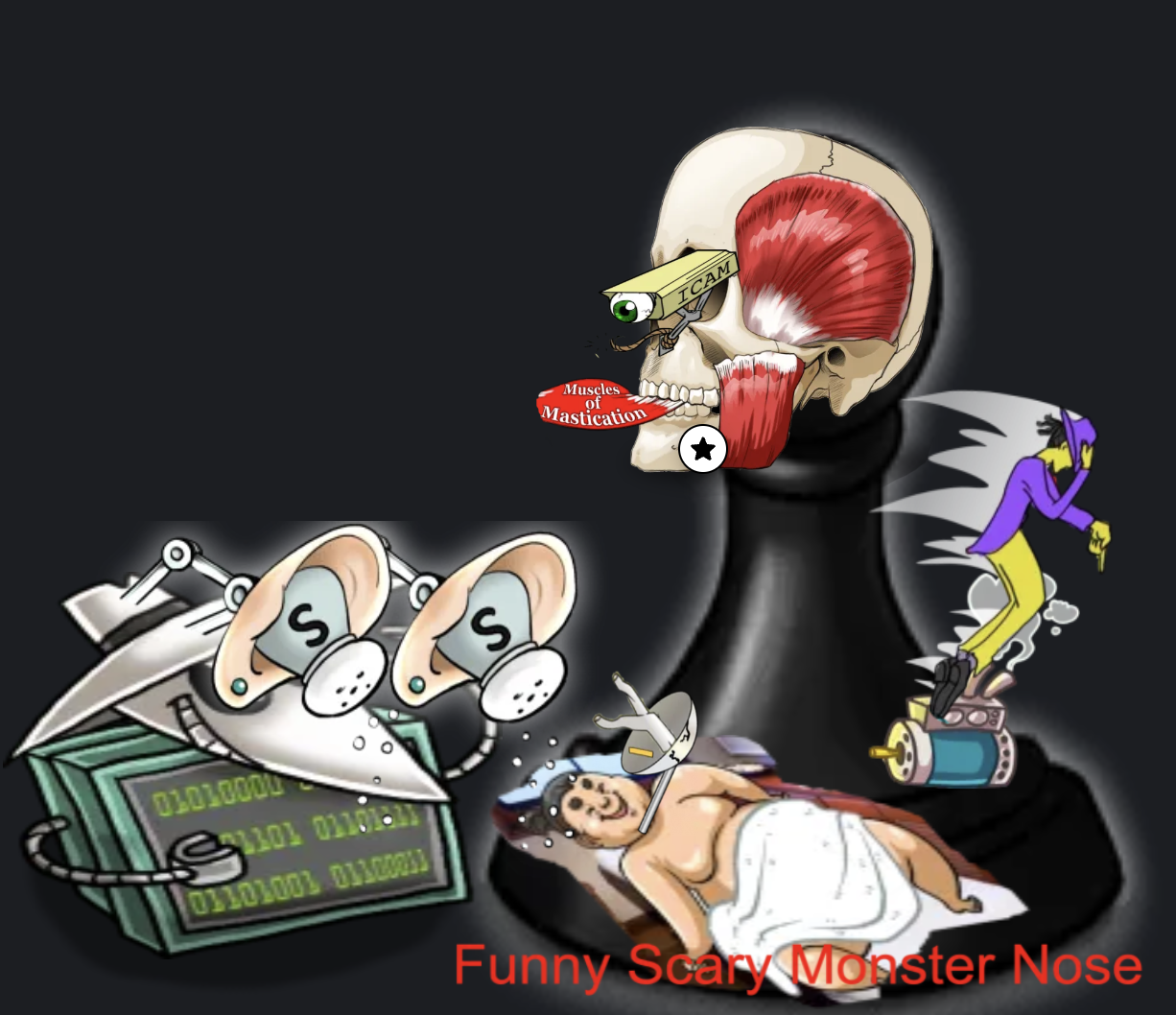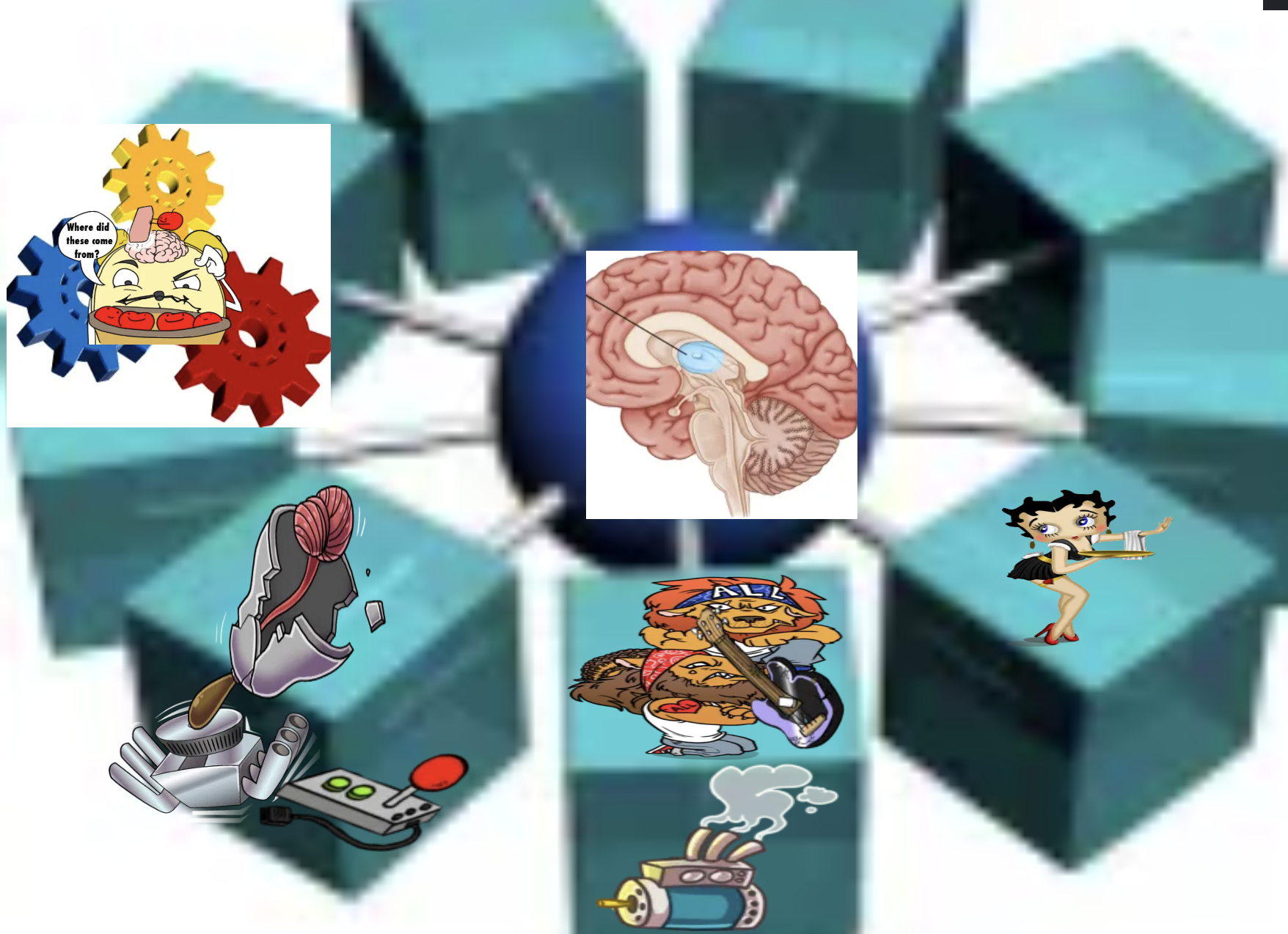Boron Chapter 10 Organization of the Nervous System
1/44
There's no tags or description
Looks like no tags are added yet.
Name | Mastery | Learn | Test | Matching | Spaced |
|---|
No study sessions yet.
45 Terms
Afferent neurons
Transmit sensory information from the periphery > CNS
Arachnoid mater
Composed of layers of cells that isolate the CSF from the blood
Astrocytes
Glial cells in the CNS that perform many functions including nourish and support of neurons,
maintain ion balance, & repair of tissue
Autonomic nervous system
Regulates & controls visceral fx including:
heart rate, blood pressure, digestion, body temperature, reproduction etc.
Axon
Projection of a neuron that usually carries a signal away from the cell body
Axoplasm
Cytoplasm within the axon of a neuron
Basal ganglia
Group of nuclei at the base of the forebrain and connected to the thalamus and cerebral cortex associated with:
voluntary motor control
Bipolar neurons
Neuron with two projections involved in the transmission of special senses
Cerebellum
Part of the brain concerned with coordination of movement
Cerebral cortex
Part of the brain responsible for higher mental f/x, perception, behavioral reactions, association and integration of functions etc.
visceral, motor, sensory fx

Cerebrocerebellum
receives sensorimotor portions from the cerebral cortex>
projections to _____ Co/->
motor behavior
Chromatolysis
After axonal injury, most neuron cell bodies swell and undergo a characteristic rearrangement of organelles
Dendrites
Projections of a neuron that receive info, and send to soma
Dermatome
cutaneous innervation by a single dorsal root and its ganglion (spine)
Diencephalon
Thalamus, subthalamus and hypothalamus

Dura mater
Thick, inelastic membrane, forms an outer protective envelope around the brain
Efferent neurons
CNS > motor signals > periphery
Endoneurium
CT surrounds individual axon
Epineurium
CT surrounds bundles of fascicles
Fasciculations
Small muscle twitches from spontaneous AP in dying/injured motor neurons or their axons
Fast Axoplasmic Transport
Transport of membranous organelles, including vesicles and mitochondria in neurons along microtubules
Fast Retrograde Transport
Transport of substances in a neuron > cell body
Fibrillation
Individual muscle fibers twitch spontaneously
Ganglia
Groups of nerve cells concentrated into small knots or clumps that are usually located outside of CNS
Hypothalamus
Main control center of the autonomic nervous system that synthesizes and transports hormones » pituitary gland or blood

Medulla
Part of the brain that contains ascending/descending tracts.
Along with the pons controls vital functions including respiration, circulation, digestion and special senses

Microglia
Phagocytes in CNS, derived from cells related to the monocyte-macrophage lineage
Midbrain
b//w cerebral cortex and the hindbrain associated with
vision, hearing, arousal
sleep/wake & temperature regulation

Multipolar neurons
Nuerons that have multi-dendrites & 1 axon
Nuclei
Neurons that share similar f/x are grouped into aggregations
Paresthesia
Tingling sensations
Perineurium
CT that surrounds fascicles
Pia mater
Thin layer of CT covers the brain & spinal cord
Pons
a/w mastication, eye movement, and facial muscles,
-receiving somatic sensory info from the face, scalp, mouth, and nose,
-processing information related to hearing and equilibrium,
-coordinating motor movements etc.

Pyramidal
Cells with a pyramid-shaped set of dendritic branches
Slow Axoplasmic Transport
Anterograde transport of
cytoskeletal proteins & soluble proteins
in the axon of a neuron
Somatic neurons
Provide motor innervation to muscle & skin
Spinocerebellum
Receives strong input from muscle stretch receptors thru connections in the
spinal cord & brainstem
fx: helps regulate muscle tone.
Stellate
Cells with a radial pattern of dendritic branches
Telencephalon
Cerebral cortex & basal ganglia

Thalamus
integrating station for sensory information in cerebral cortex,
Receives info from:
basal ganglia for motor function,
cerebellum for motor control,
control of arousal and certain aspects of memory function etc.

Unipolar neurons
Neurons=one projection that often have specialized structures for transducing
physical stimulus > electrical activity
via a single axon
Vestibulocerebellum
Sensors in inner ear
maintain the body's balance.
Visceral neurons
Provide motor innervation to
»
smooth muscle (internal organs), cardiac muscle and glands
very nervous small car must glide

Wallerian degeneration
segment of an axon is destroyed & removed slowly during a period of several weeks